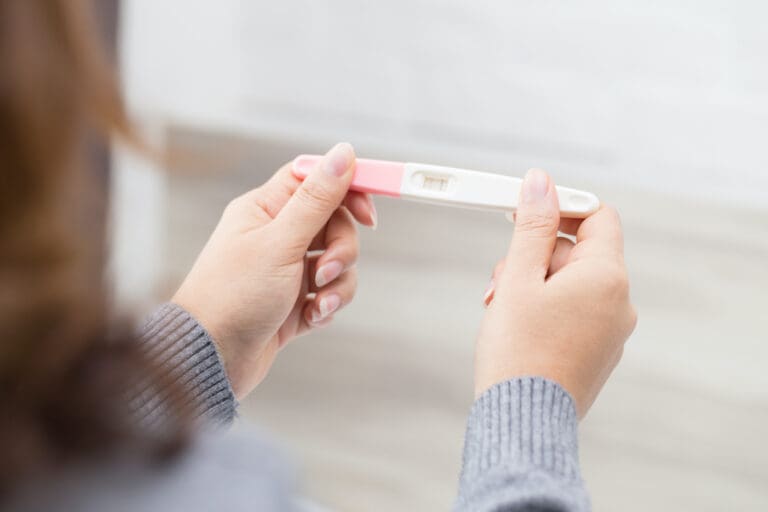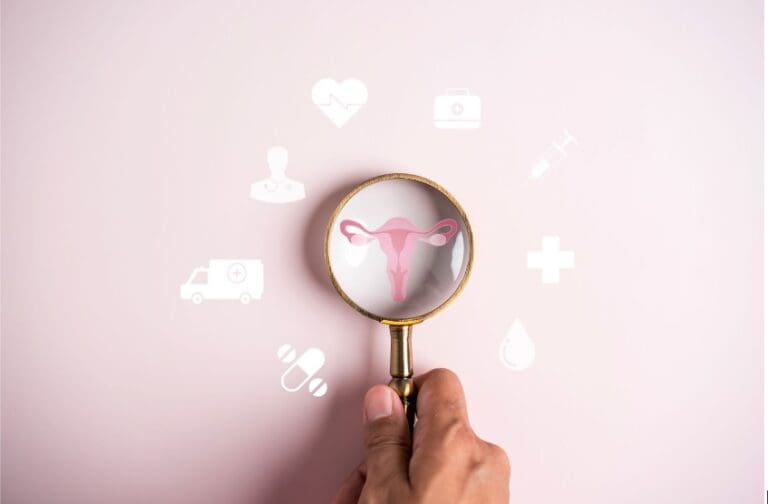The placenta, also known as the placenta, is the organ that connects the developing baby and the expectant mother.
It is responsible for the supply of nutrients and oxygen, as well as the production of many hormones for the developing baby and the expectant mother.
After the implantation of the fertilized ovum, it begins to form from the fetal membrane and the mucous membrane of the uterus already in the early stages of pregnancy. The fetal part is formed from the uterus, with the umbilical cord in the middle.
The final shape of the pregnancy 14-16. week, which is a flat, disk-shaped organ with a diameter of 15-25 cm and a thickness of 2.5-3 cm, weighing approximately 500-600 grams.
The hormones responsible for the placenta, such as hCG, estrogen, and progesterone, help maintain the development of a healthy fetus during pregnancy, prepare the uterus for childbirth, and the breasts for breastfeeding.
The placenta is an organ that can destroy itself. When it is no longer needed, it can detach itself from the wall of the uterus, without external intervention. This process usually takes place within half an hour of birth. In rare cases, the placenta detaches before delivery, which is accompanied by bleeding and pain. In such cases, urgent hospital care is required, as this can endanger the pregnancy and the mother.
Location:
The placenta can form on the back wall of the uterus, from the spinal column, on the front wall of the uterus, from the abdominal wall, or on the top of the uterus, in the so-called fundus. If the placenta is located in the lower part of the uterus, the doctor may recommend rest even in the early stages of pregnancy. If the placenta does not move up and remains too close to the cervix in the weeks before delivery, heavy bleeding may occur, as a result of which the expectant mother may be kept under hospital observation, and caesarean section is typical in this case.
In the case of identical twins, it may be necessary for the twin pair to share a placenta, as several umbilical cords can be attached to one placenta.
It is important to know that the placenta carries the same genes as the baby, so in addition to the mother's blood, many genetic abnormalities, such as Down syndrome, can also be filtered out by examining samples taken from the tissues of the placenta.





